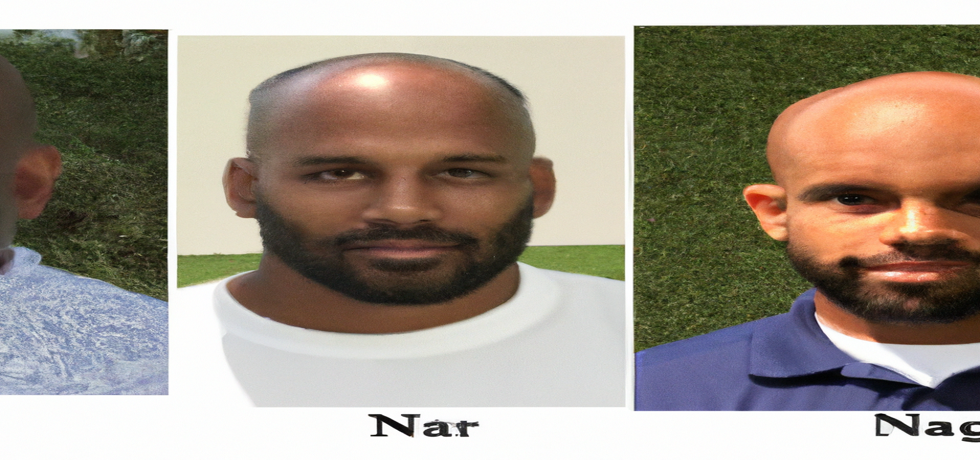
The Sunlit Impact on Hair Transplant Areas
Understanding Sunlight Exposure and Hair Transplants
The Positive Effects of Sunlight on Hair Transplants
Sunlight can promote healthy hair restoration in several ways. One key benefit is the enhancement of Vitamin D synthesis, which is crucial for maintaining hair follicle health. The receptors in hair follicles rely on balanced Vitamin D levels, and ensuring adequate exposure to sunlight, while taking proper precautions, can support overall scalp health and promote effective hair growth.
Additionally, sunlight improves blood circulation in hair transplant areas. When exposed to sunlight, the skin releases nitric oxide, a vasodilator that encourages blood flow. This increased circulation results in enhanced oxygen and nutrient delivery to hair follicles. Such factors are instrumental in ensuring effective healing post-transplant, leading to better hair restoration outcomes.
The Negative Effects of Overexposure to Sunlight
Despite these benefits, excessive sunlight exposure poses significant risks to the transplanted hair areas. Sunburn can occur if the scalp is not adequately protected, especially during the healing phase. Not only can this lead to intense discomfort, but it may also delay healing processes, elevating the chances of infection and scarring.
Additionally, prolonged sun exposure can cause hair color fading. This is particularly noticeable for lighter hair shades or chemically treated hair. To preserve the vibrancy of transplanted hair, individuals should prioritize protections like hats or scalp-specific sunscreens.
Moreover, exposure to ultraviolet (UV) rays can directly damage hair follicles, leading to weakened strands and potential hair loss. This underscores the importance of implementing protective measures as a part of post-transplant care.
Essential Tips for Sunlight Management
To ensure optimal hair restoration processes while acclimating to sunlight exposure, patients should adhere to a few simple guidelines. Wearing hats or scarves when outdoors can offer a physical barrier against harmful UV rays. Furthermore, utilizing sunscreen specifically formulated for the scalp provides added protection while allowing beneficial sunlight to aid in growth.
Staying hydrated and maintaining a healthy diet rich in nutrients can also contribute to scalp health. These practices help mitigate dryness and ensure that hair follicles have the necessary support for growth.
Conclusion: Balanced Exposure is Key
In summary, while sunlight exposure can be beneficial for hair transplant areas, it is essential to strike a balance. Understanding both the positive and negative impacts helps hair transplant patients in India navigate their recovery effectively. Remember to consult with professionals to tailor a care plan that suits your individual needs.
For professional assistance and expert advice from leading dermatologists like Dr. Hital Patel, experience the benefits of The Sunlit Impact on Hair Transplant Areas with Hair & Skin Specialist Dr. Hital Patel at The Skin Artistry. Our clinics in PDPU Gandhinagar, Vastrapur Ahmedabad, and Hyderabad (Visiting Consultant) offer top-quality care and personalized treatments. Visit us today to learn more about our services and take advantage of our special offers! For more insights, updates, or to collaborate, stay connected with The Skin Artistry.

